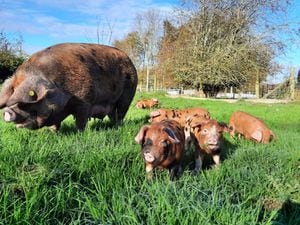Dangers of liver fluke in cattle
Liver fluke is a parasitic infection caused by Fasciola Hepatica which has a complex life cycle with infection to clinical signs slow to develop in cattle.

The life cycle of Fasciola Hepatica involves water snails and is more common in warm and wet conditions typical of autumn and spring. There can be a long lag time from infection to clinical presentation of the disease due to the development of the parasite.
Cattle ingest the parasite at grazing and active migration of the parasite in the cow can cause substantial liver damage and abdominal trauma. This can manifest as poor growth rates/productivity, diarrhoea and wasting.
There are many ways to identify liver fluke infection for both diagnostic and monitoring purposes. This can be done by individual animal serology/milk testing, faecal testing, bulk milk testing, abattoir reports and clinical suspicion. The CIS provide bulk milk testing for liver fluke to gauge the level of antibodies in a herd, completed regularly as part of a herd health scheme.
Herd management strategies should target limiting exposure to infection as a key component of control of liver fluke. A bulk milk sample taken quarterly can be used to establish the current herd situation and more importantly the current trends of infection and help determine when treatments are necessary.
The CIS offer a number of health testing services. For further information contact me on 07921 452789.
Amanda Wilkes from the Cattle Information Service (CIS)





